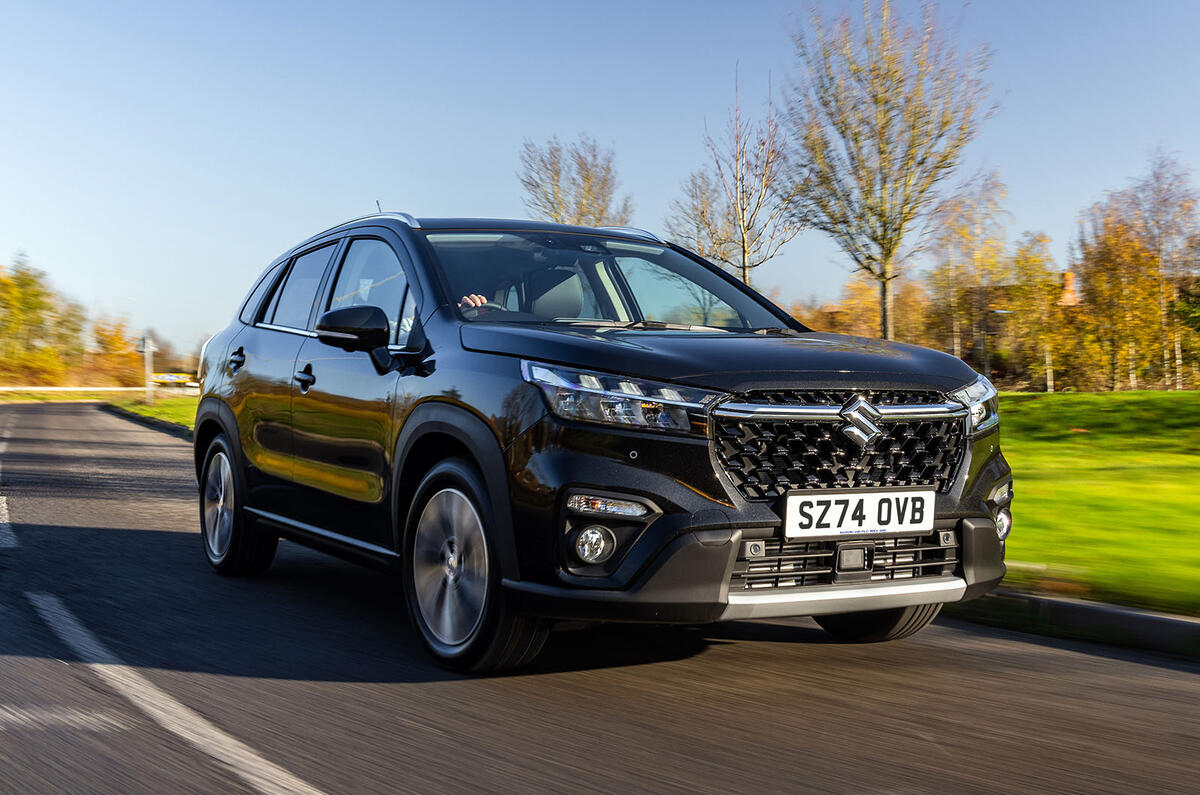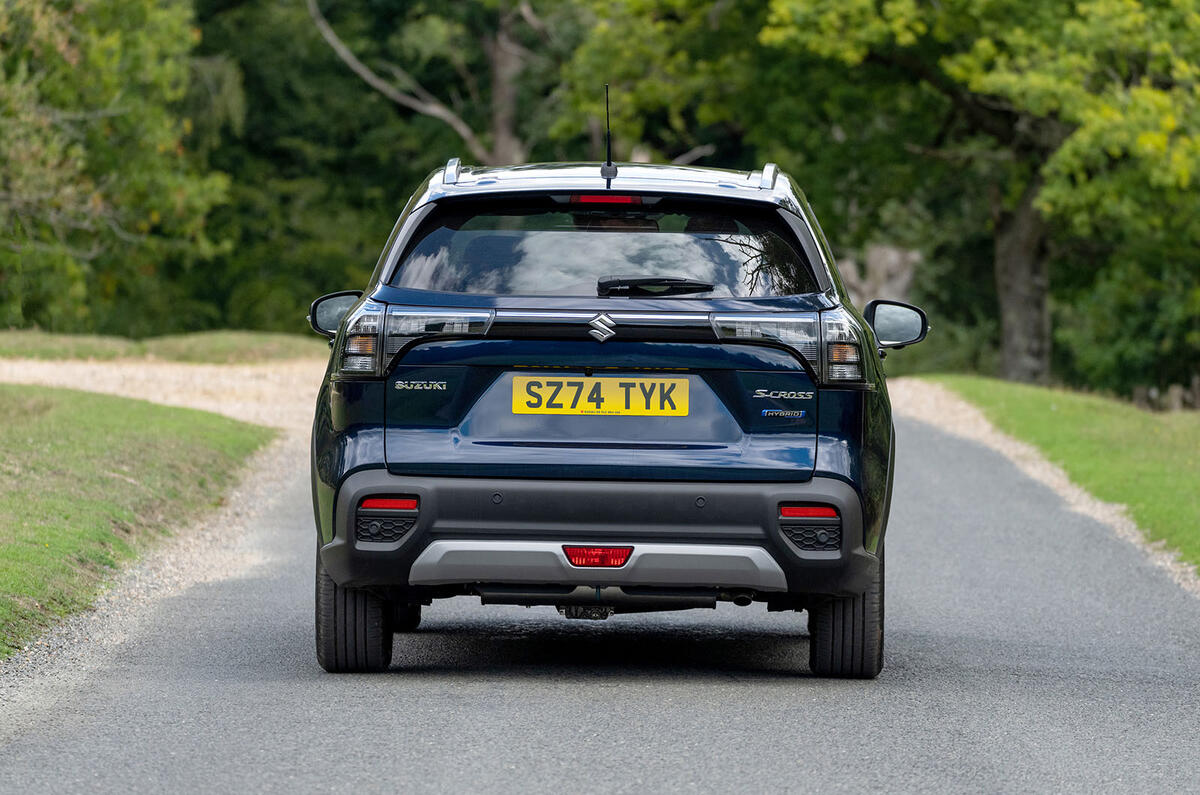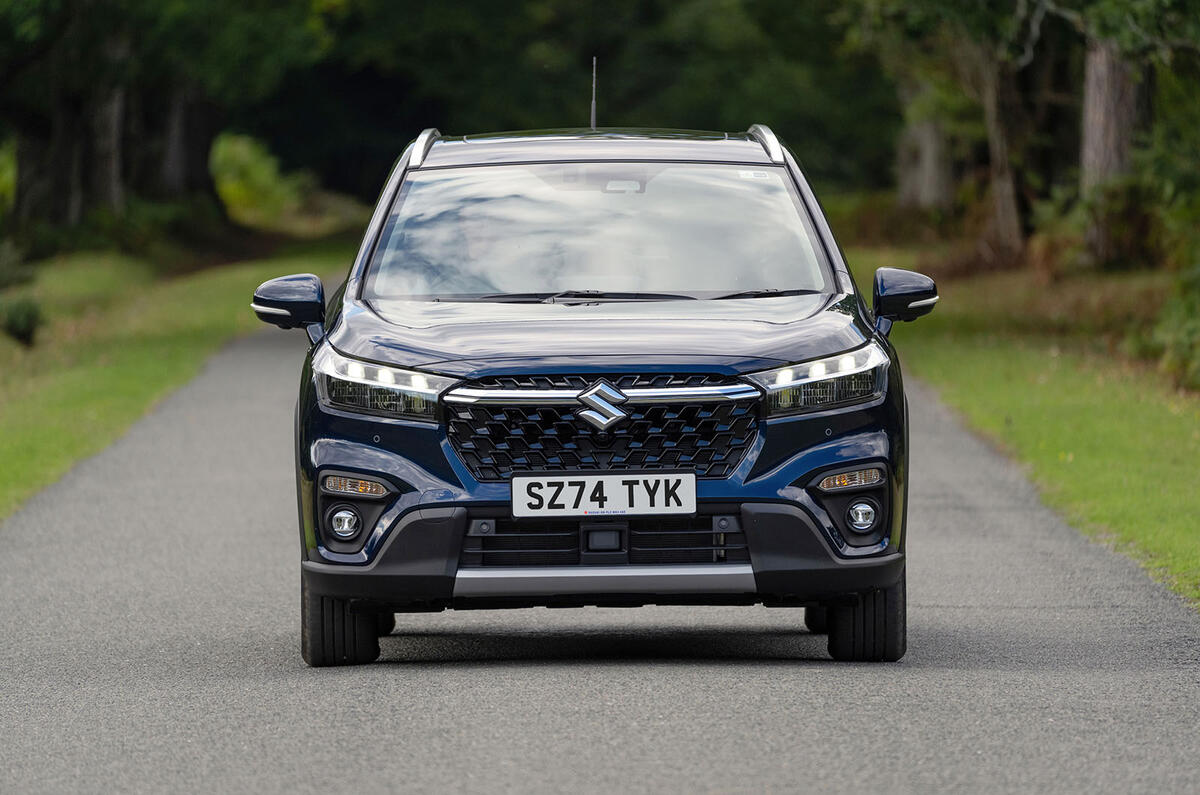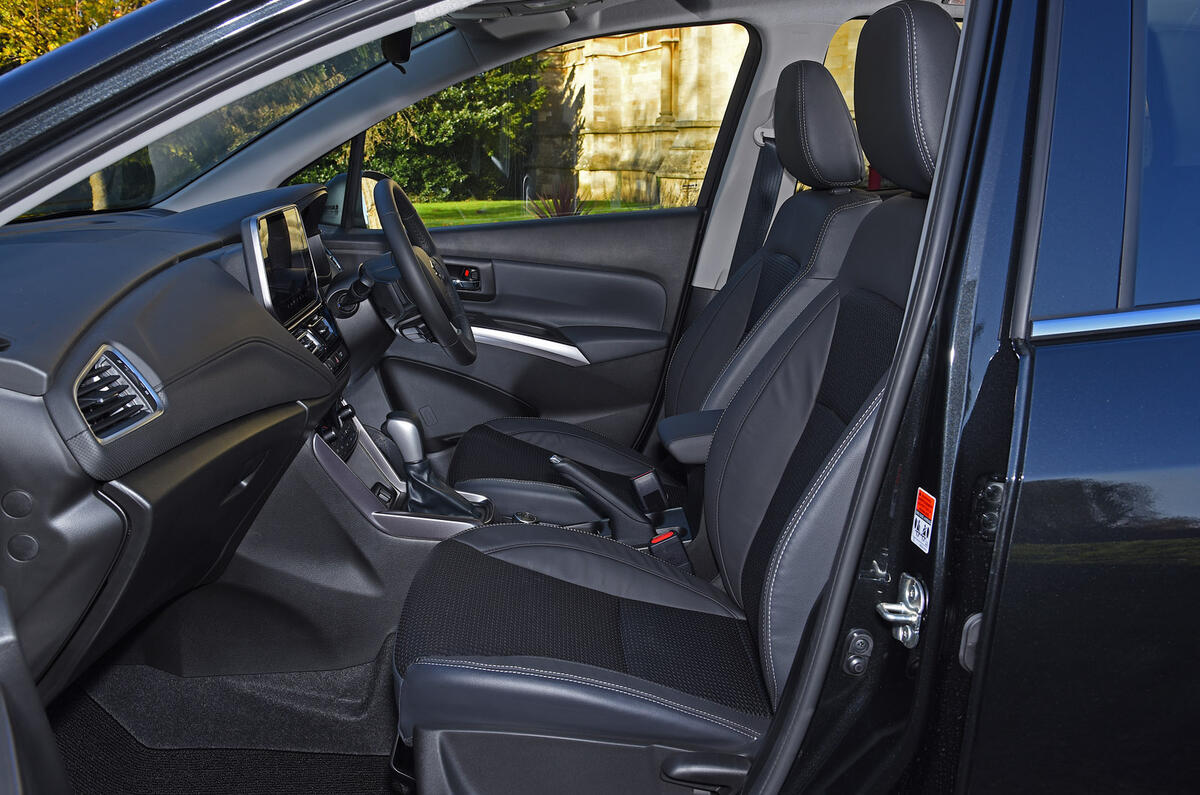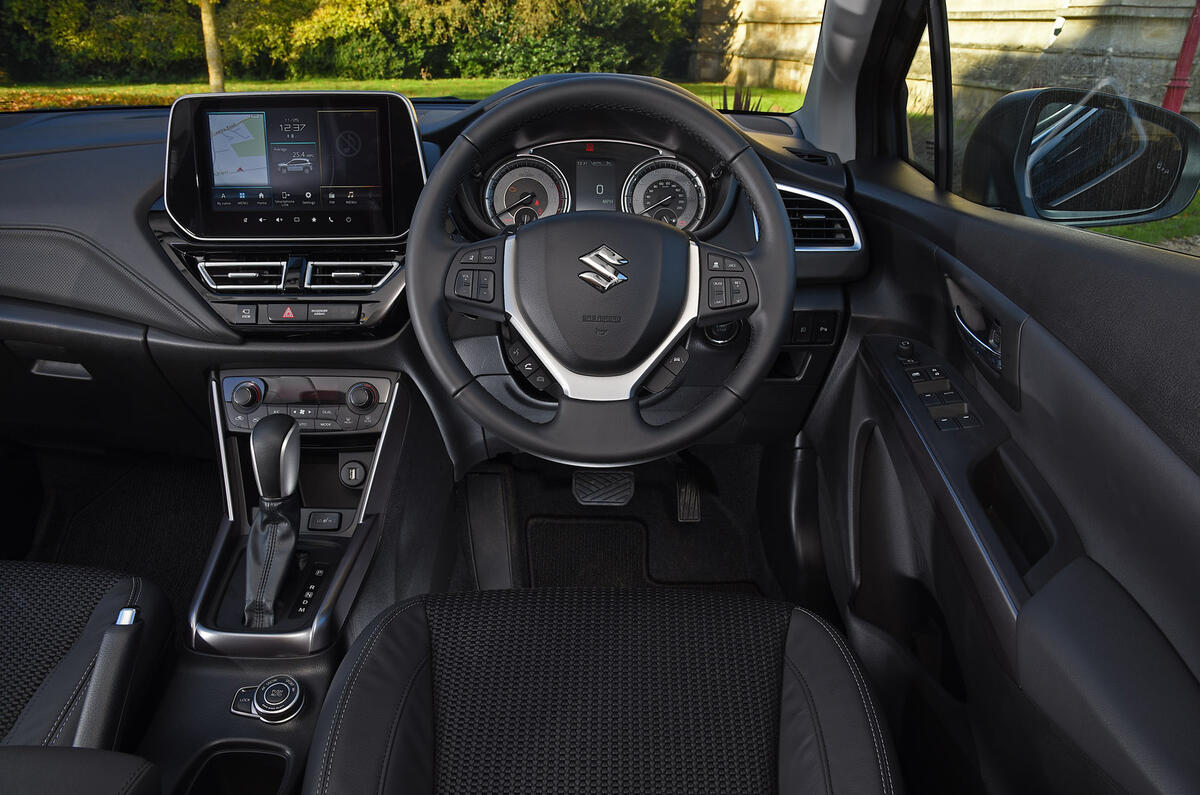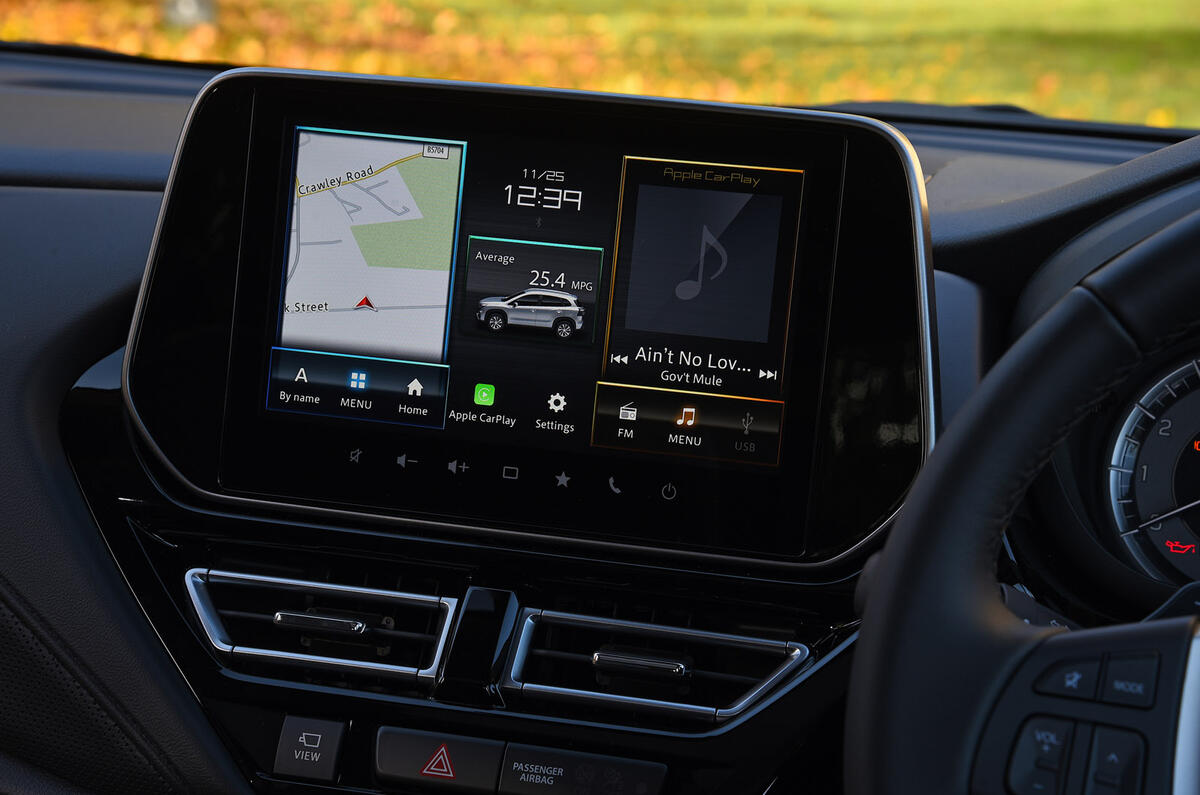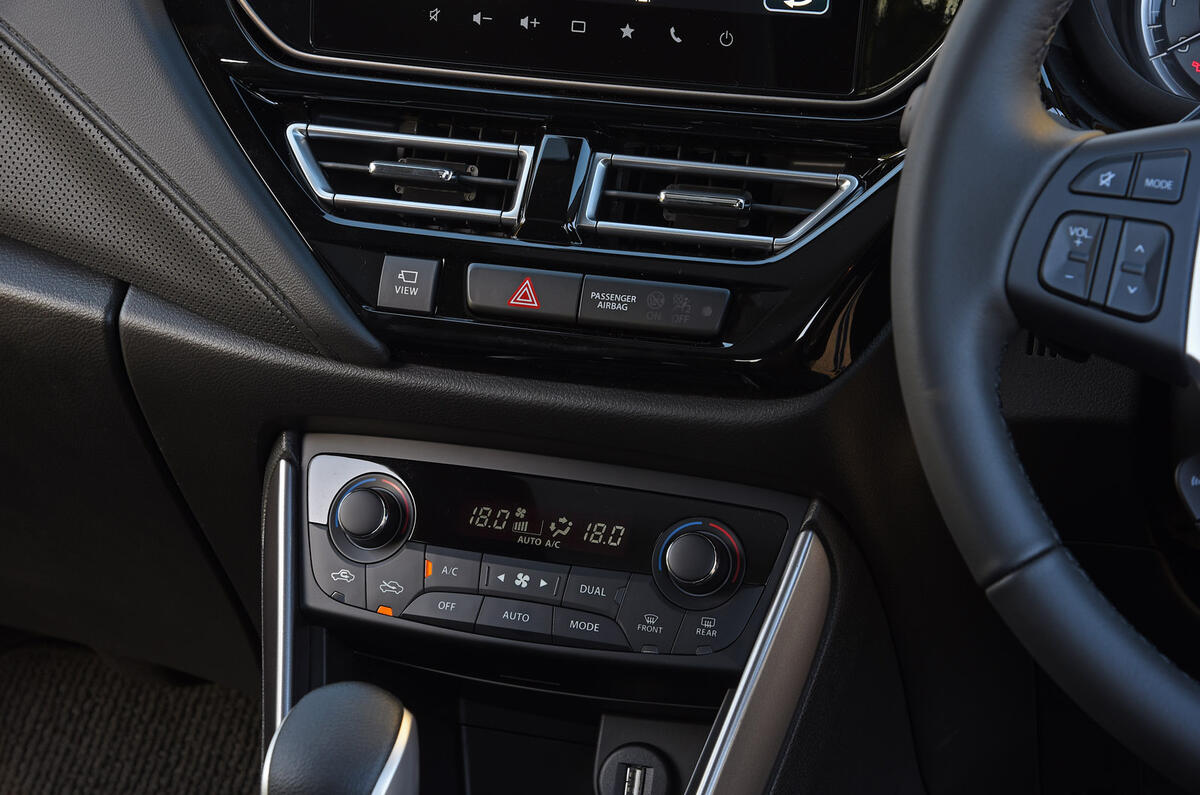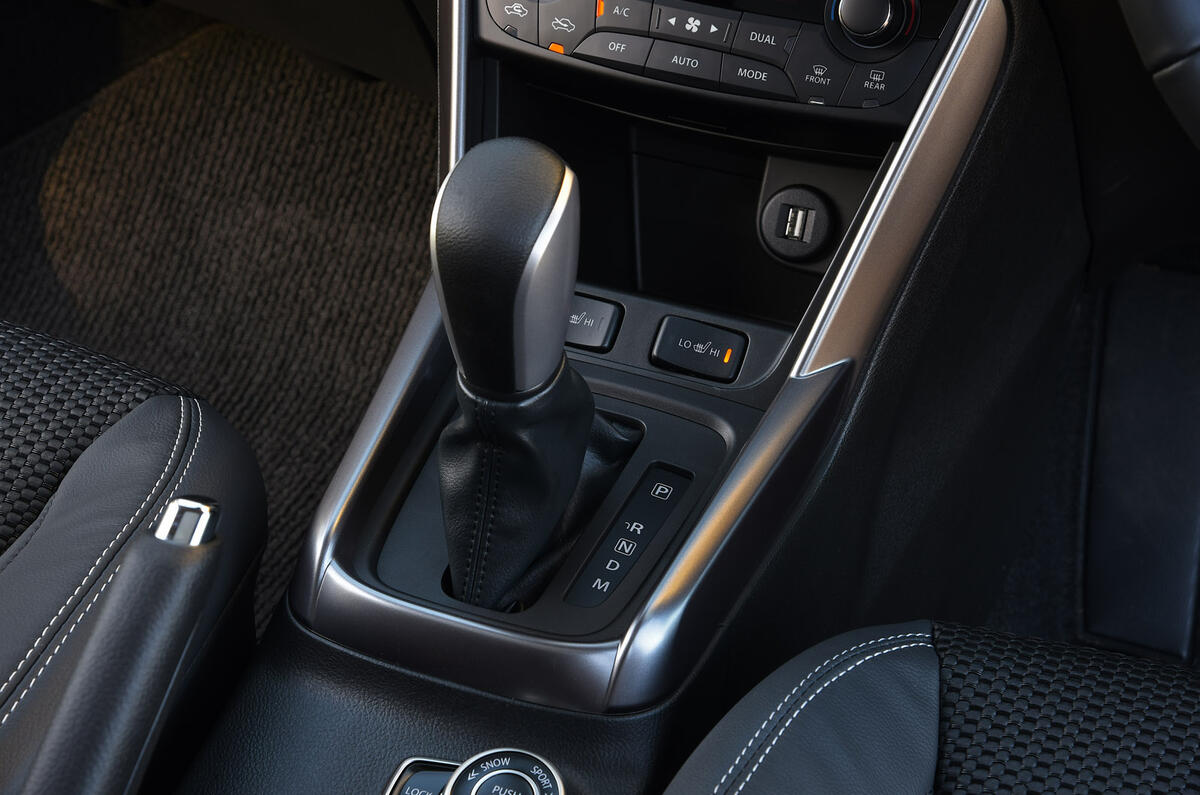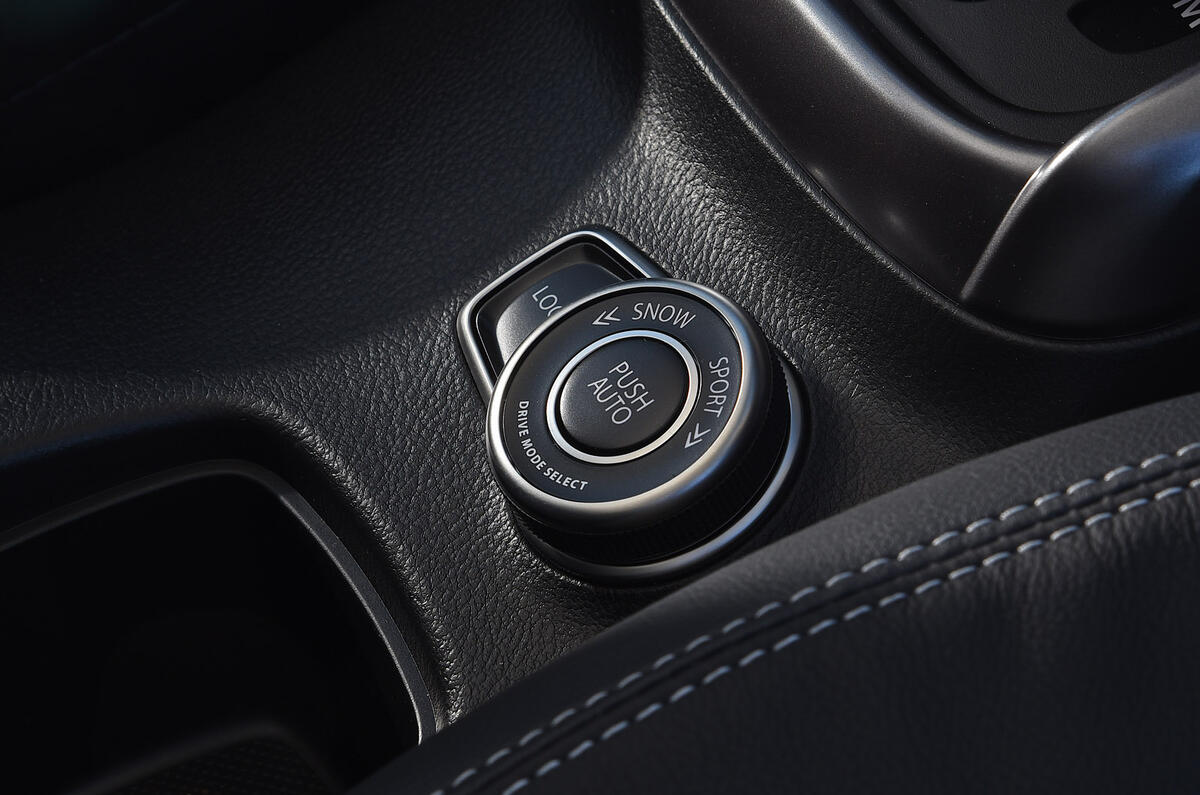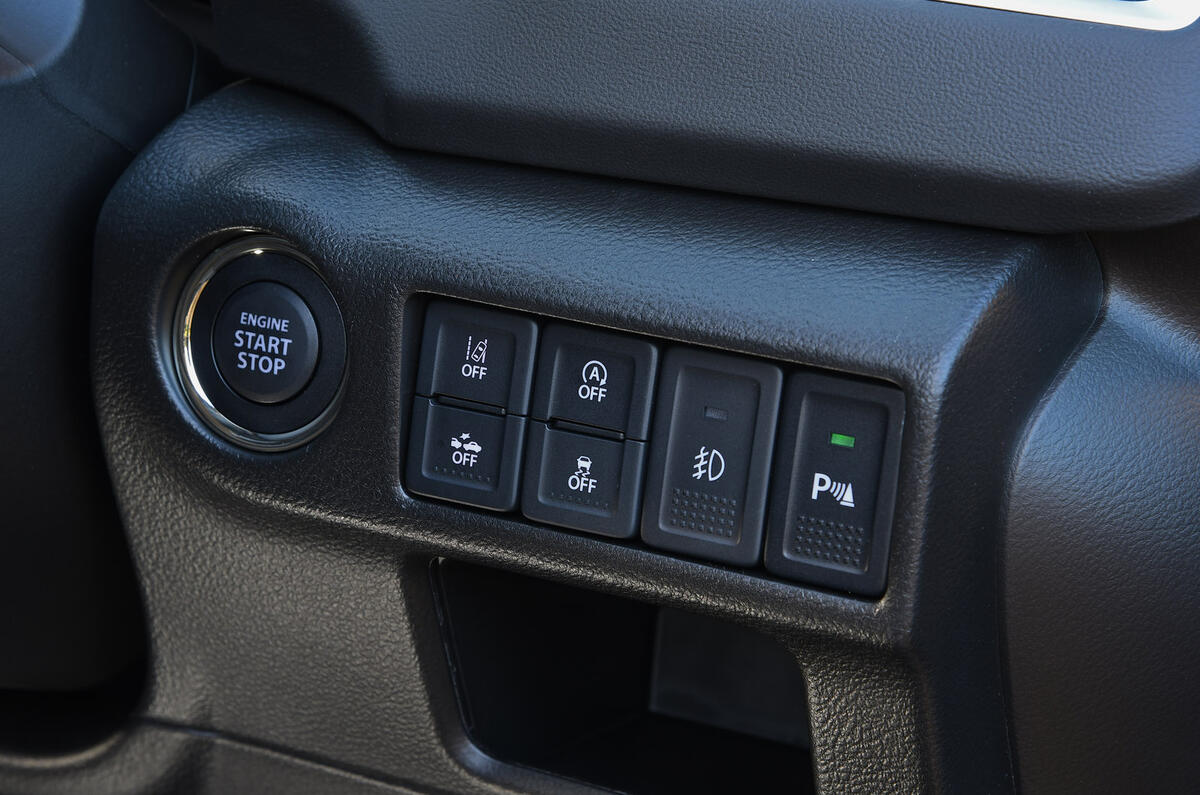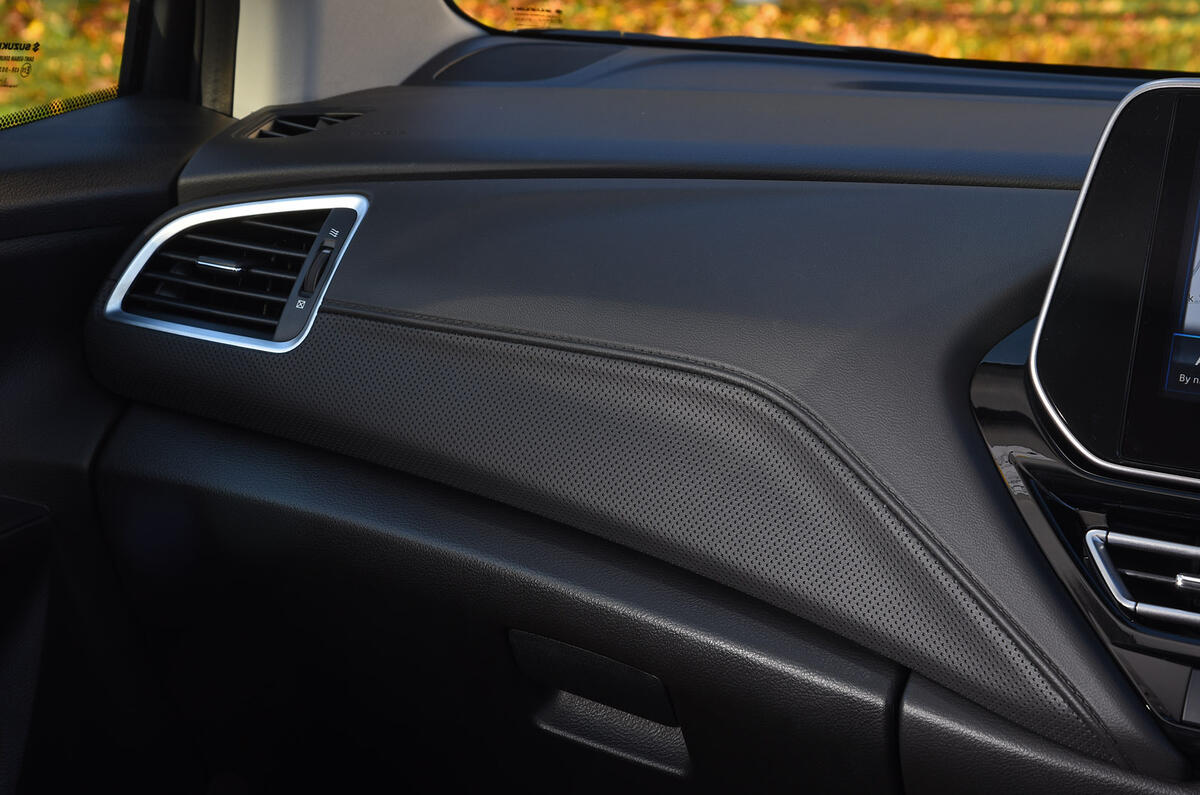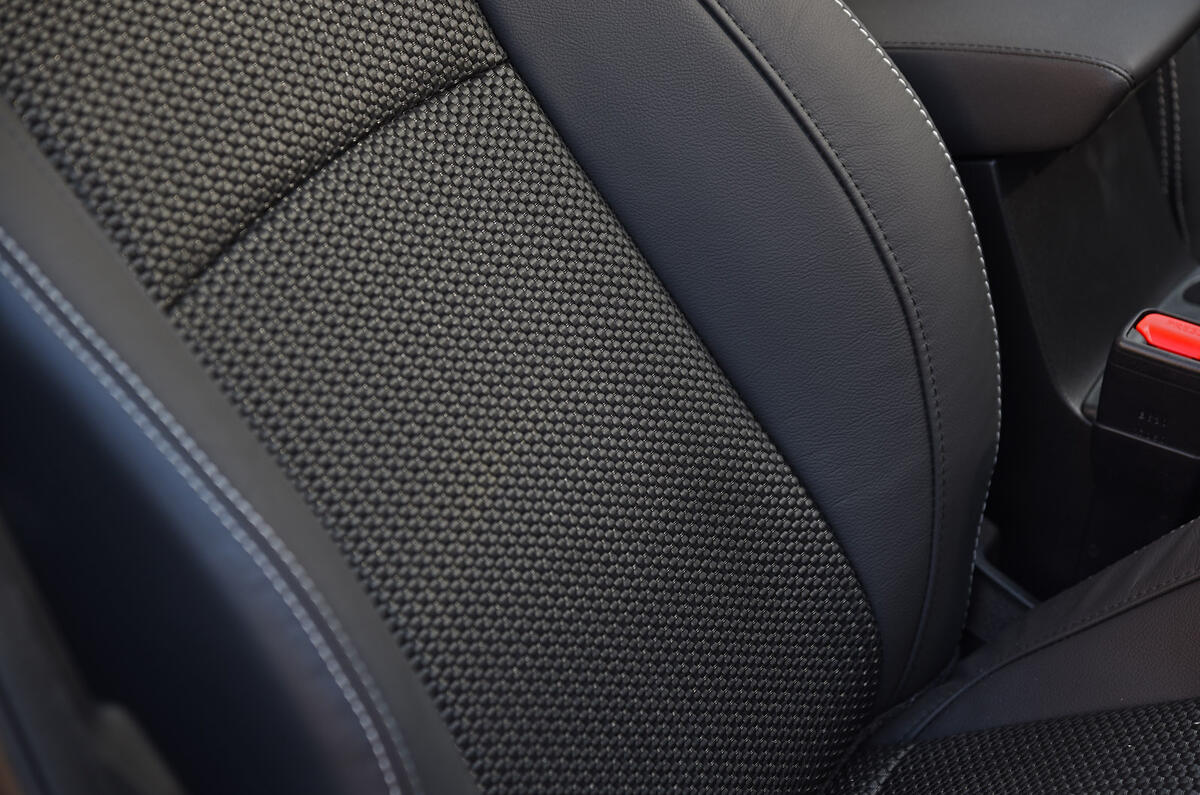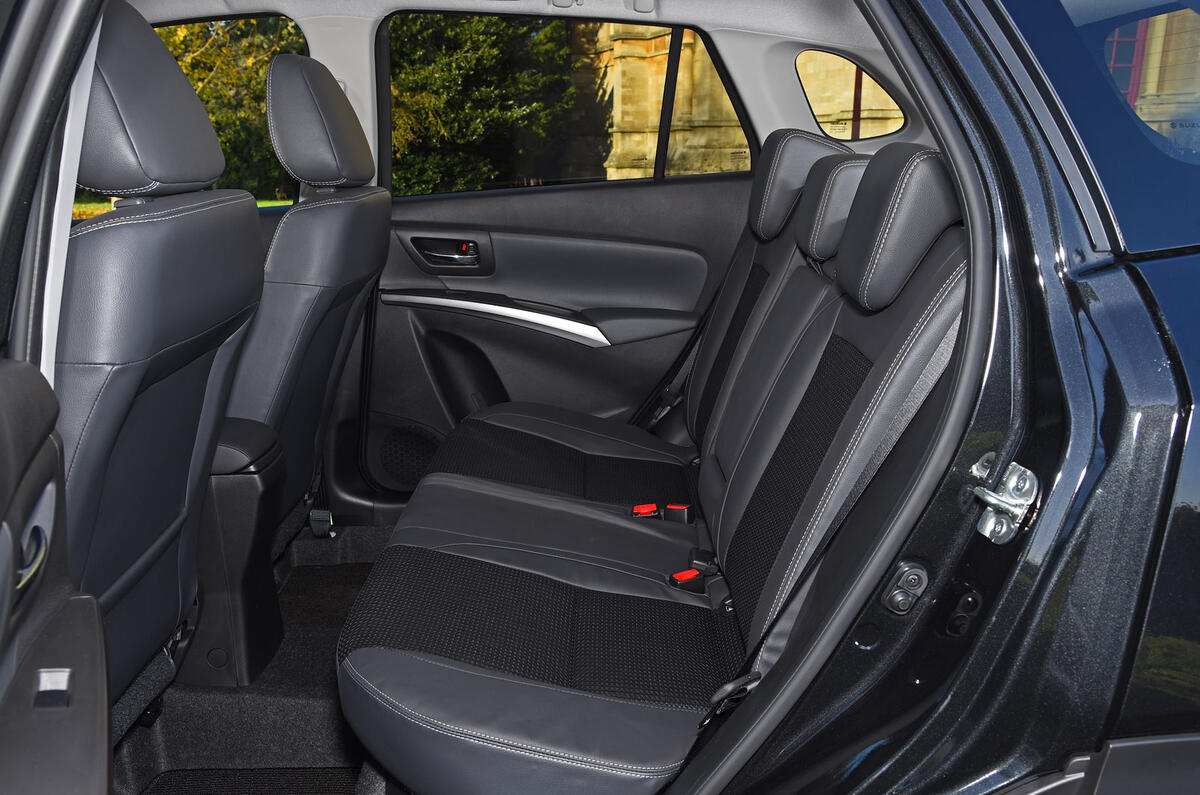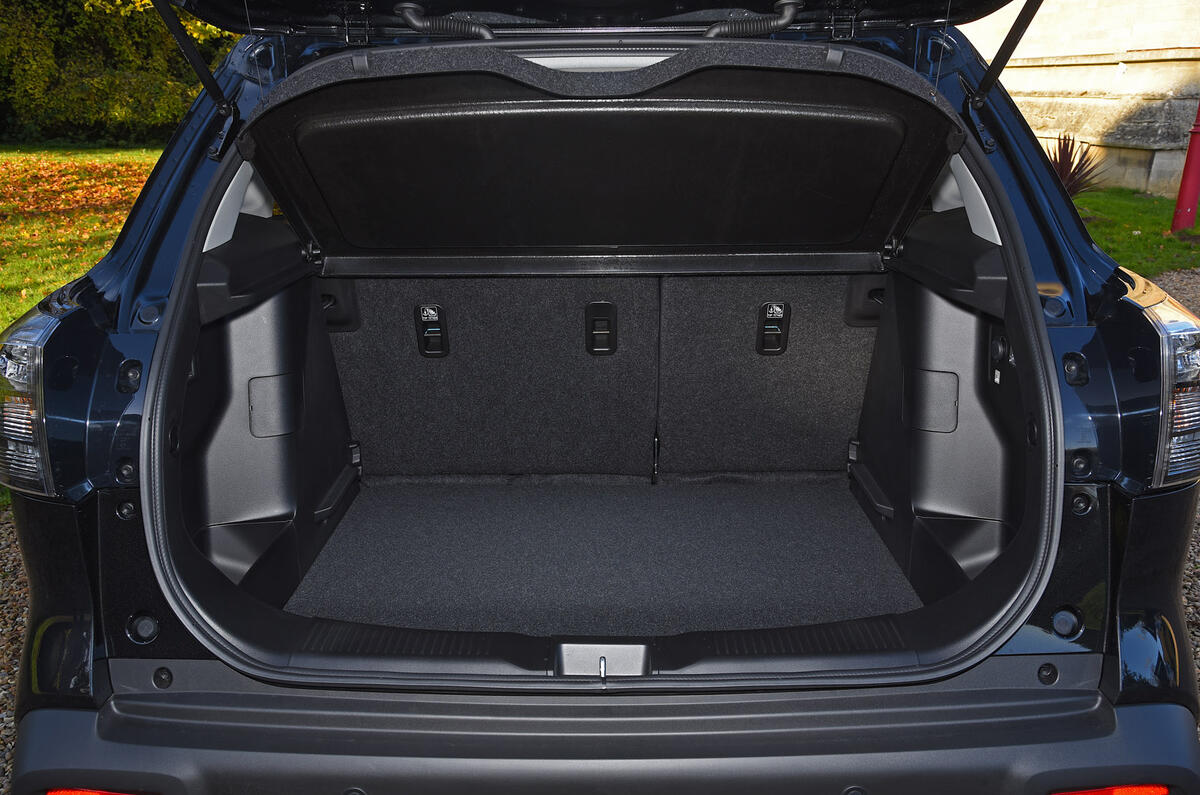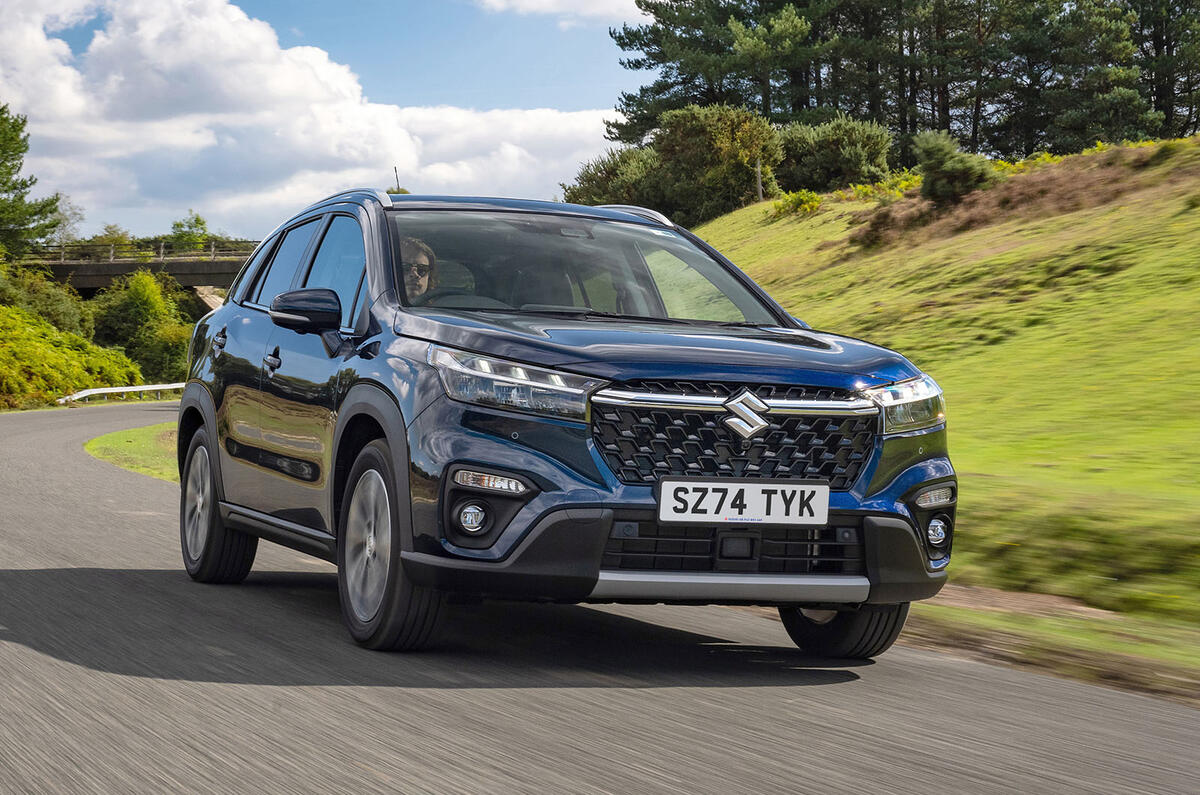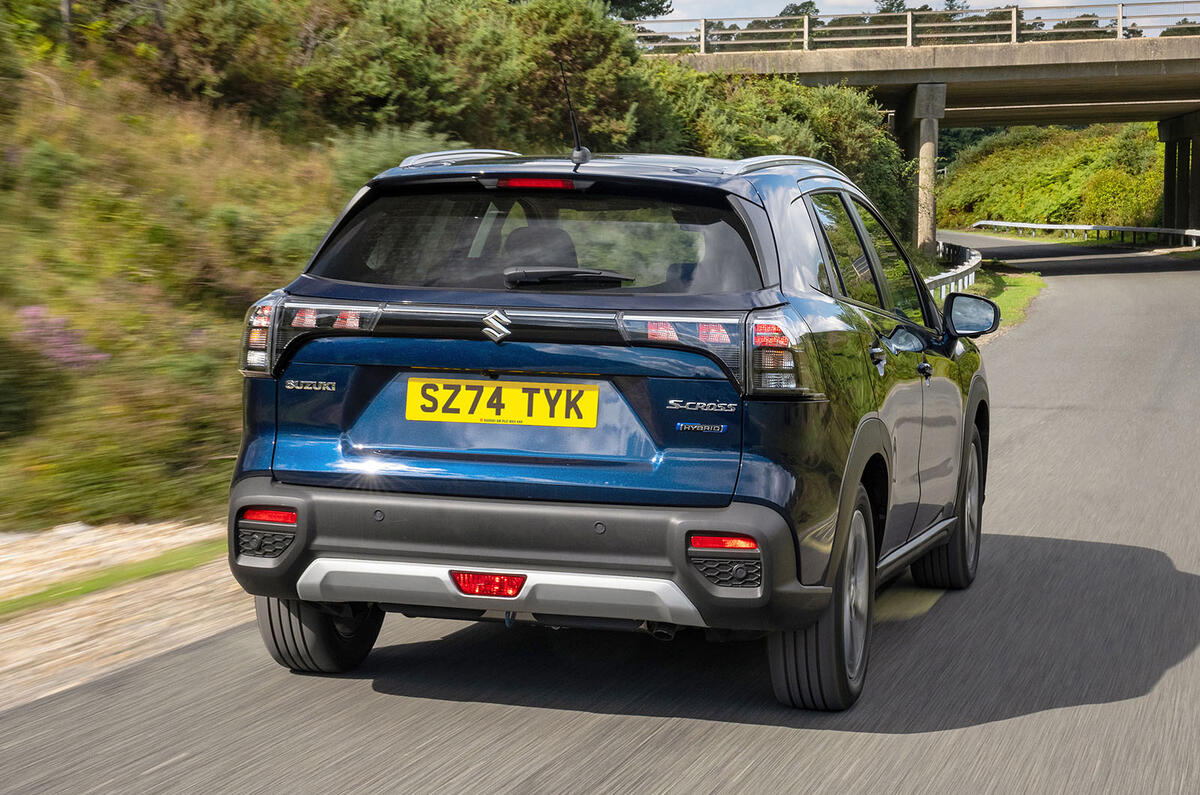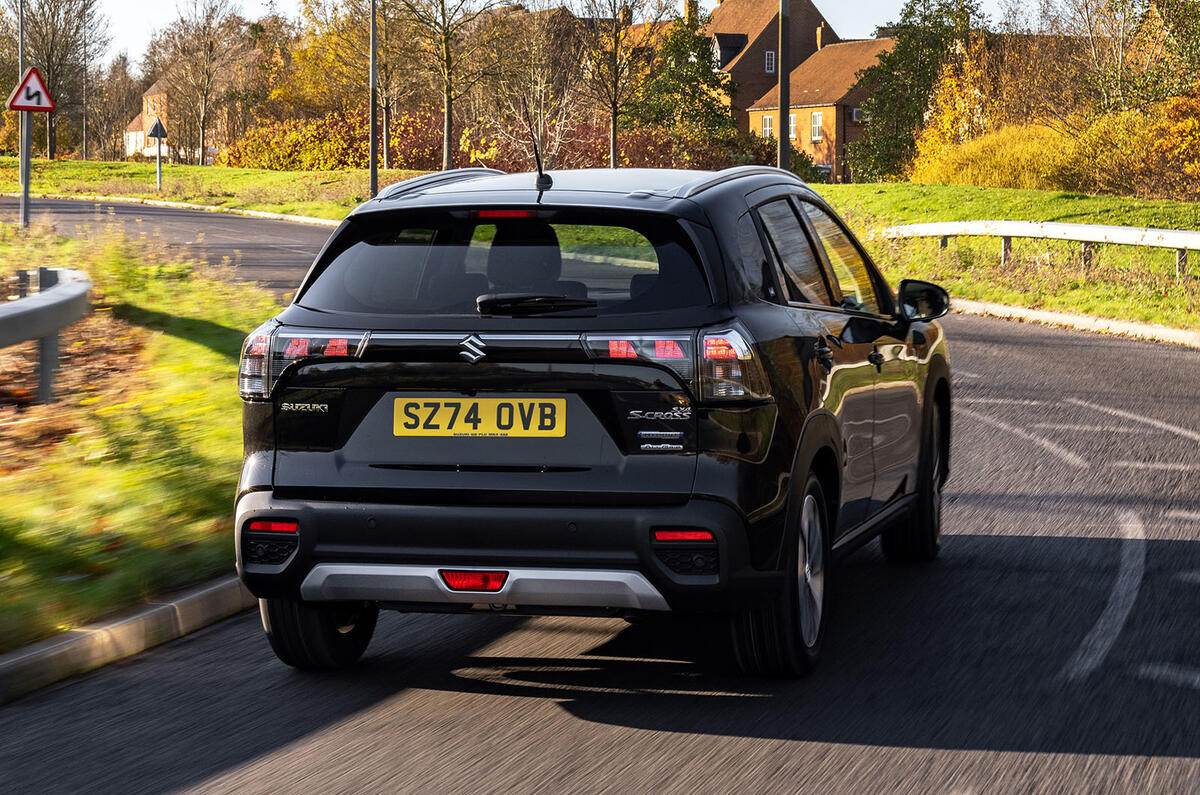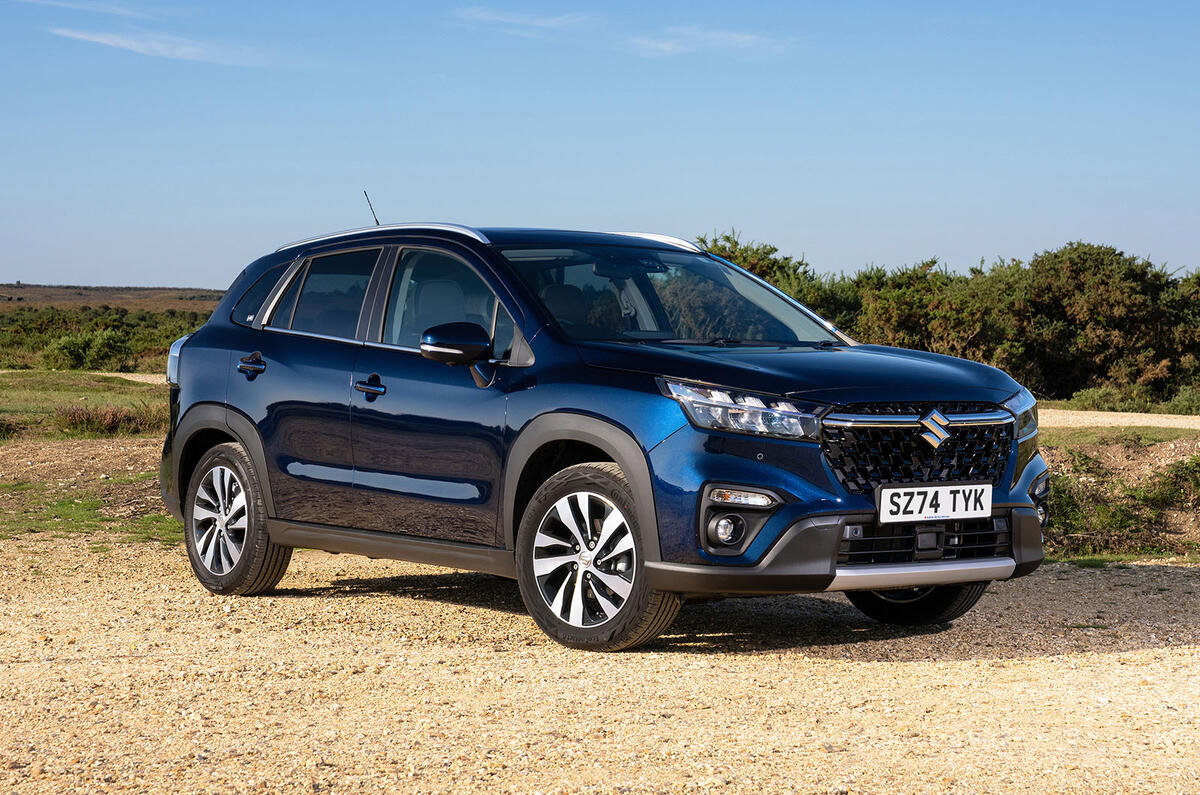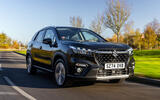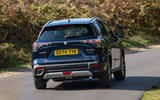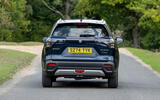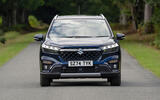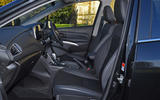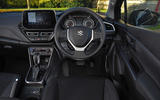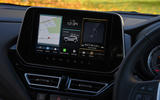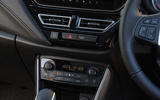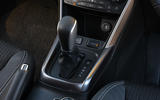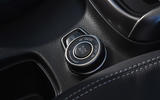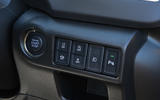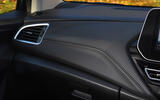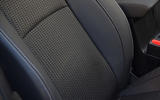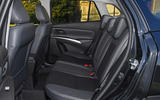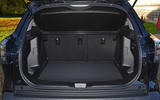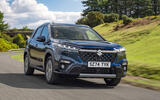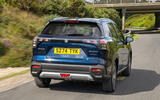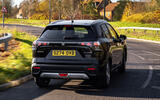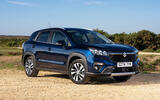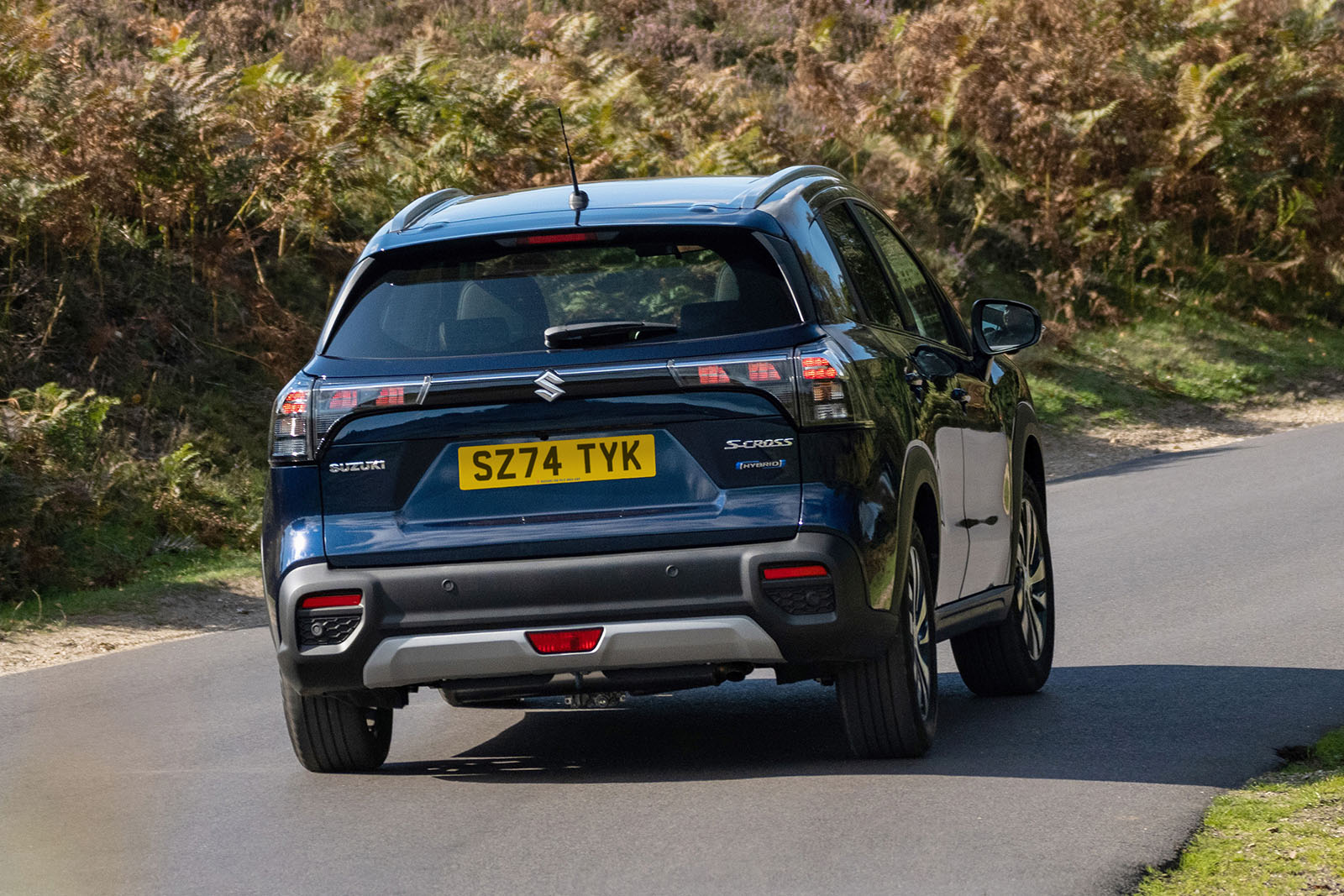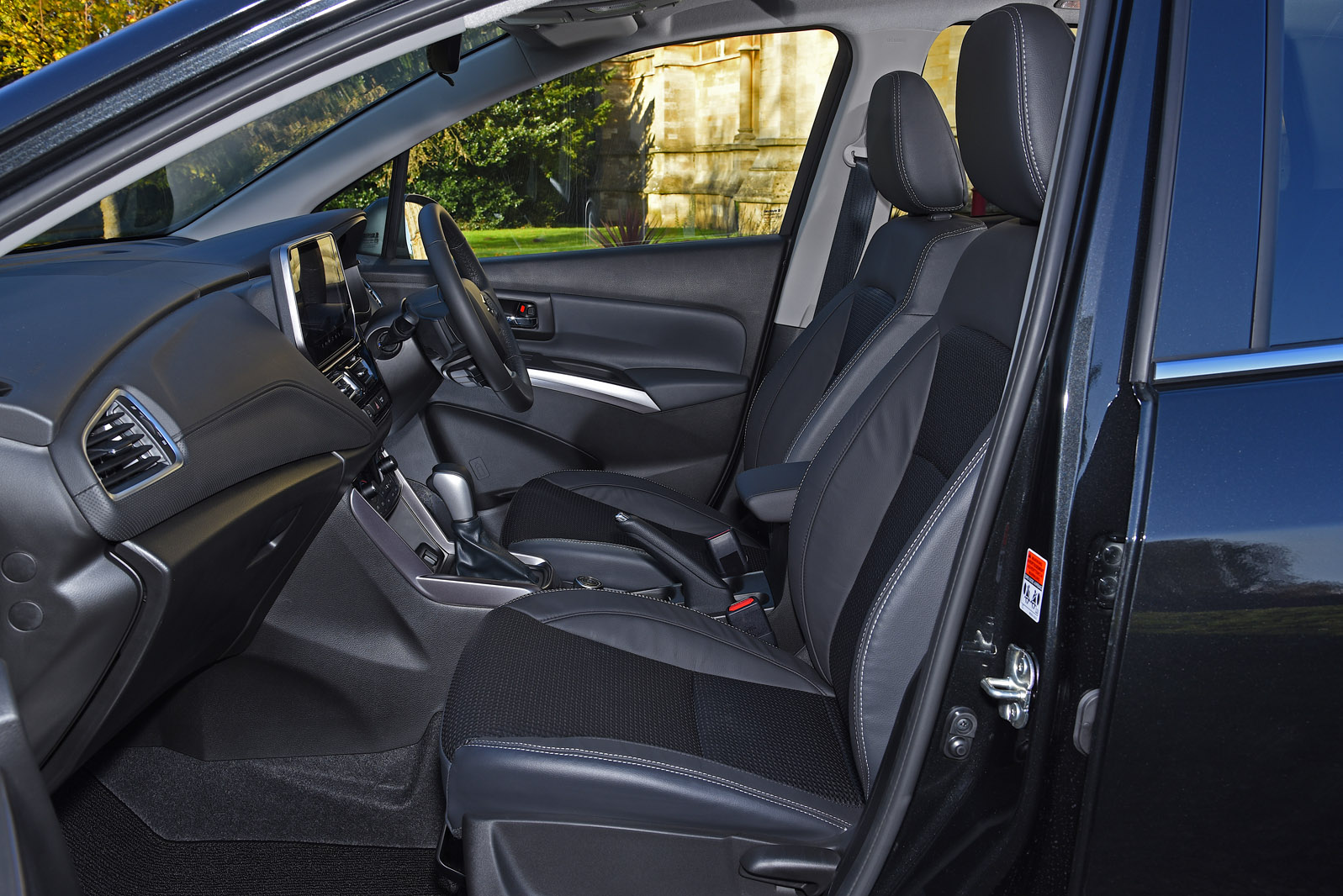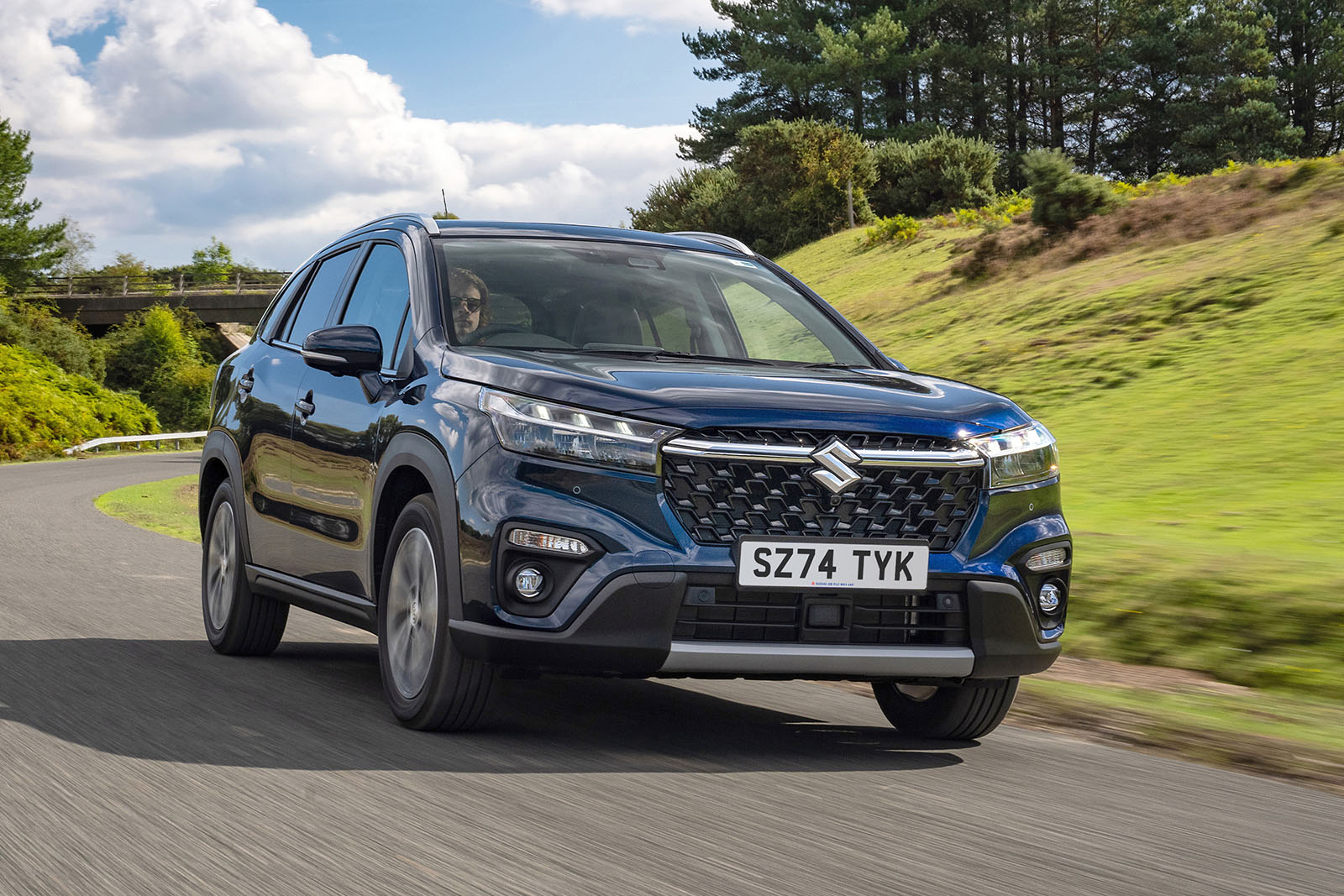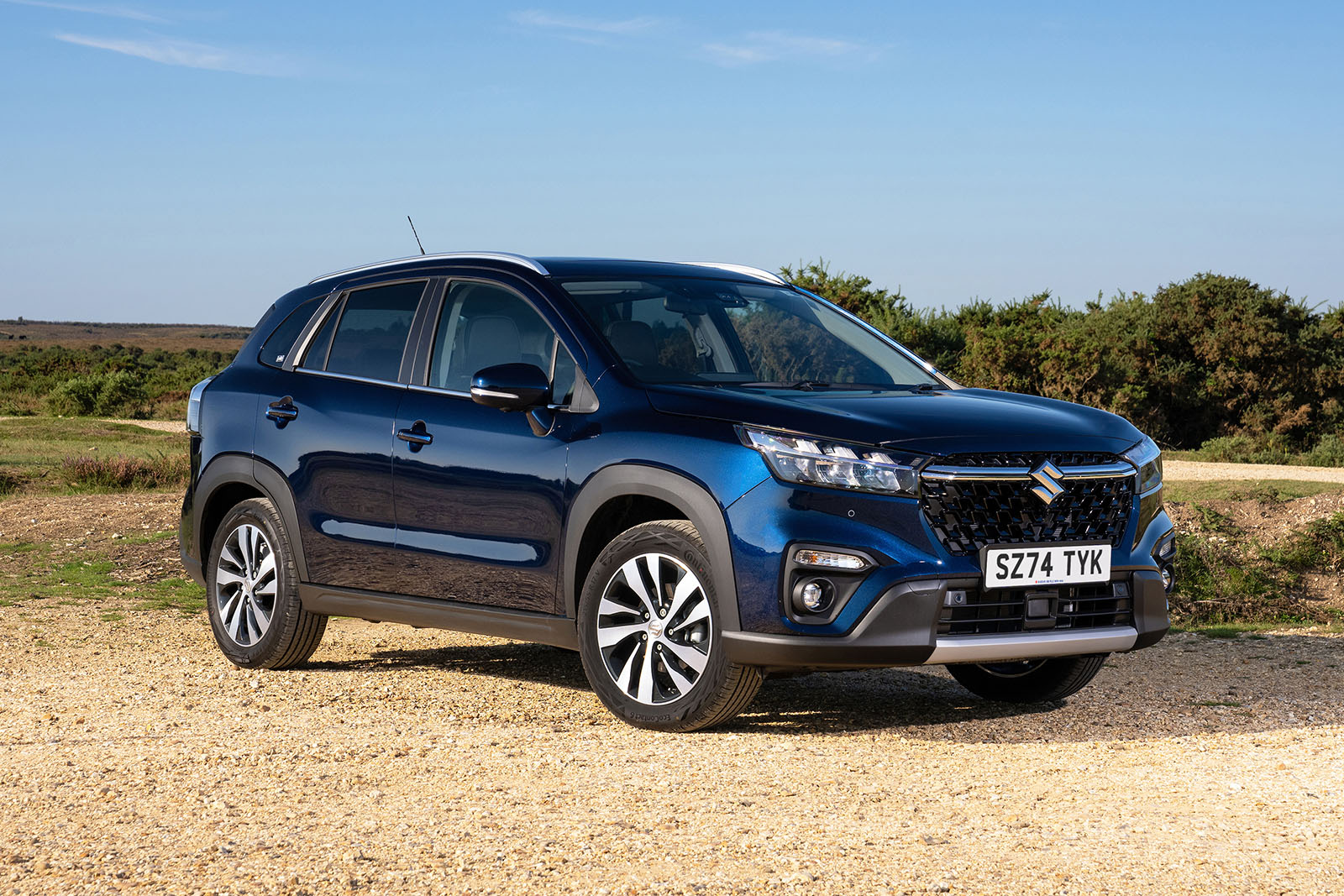In a world where cars are becoming more complicated and tech-laden, the Suzuki S-Cross is something of a novelty.
Its spec sheet has the option of a manual gearbox, its engine range isn't too dissimilar to that of the previous generation and the infotainment touchscreen is only up to 9.0in in size.
Each of these accolades, or lack thereof, flies in the face of the standard given by conventional rivals such as the spacious Ford Puma, boldly styled Kia Sportage, trendy Volkswagen T-Cross and space-age Peugeot 3008 - all of which come with more technology than many owners know what to do with.
Make no mistake, the S-Cross is a car that is approaching the autumn of its production run and will be superseded by an electric successor in the coming years (namely the eVX), but does its attitude to simplicity put it on the back foot in the here and now? Let's find out.
The Suzuki S-Cross range at a glance
The Suzuki S-Cross range opens with the mild-hybrid Motion model, which comes equipped with adaptive cruise control, a 7.0in touchscreen with Apple CarPlay and Android Auto and heated seats. It draws its reserves from a 1.4-litre four-cylinder turbo petrol engine and a 48V integrated starter-generator (ISG), or you can have it with a full-hybrid powertrain for a couple of grand more. This combines a 1.5-litre normally aspirated petrol four with a 140V battery and six-speed automated manual transmission.
The only other model is the Ultra, which adds a four-wheel drive mode, a 9.0in touchscreen, a 360deg parking camera, sat-nav and a panoramic sunroof.




